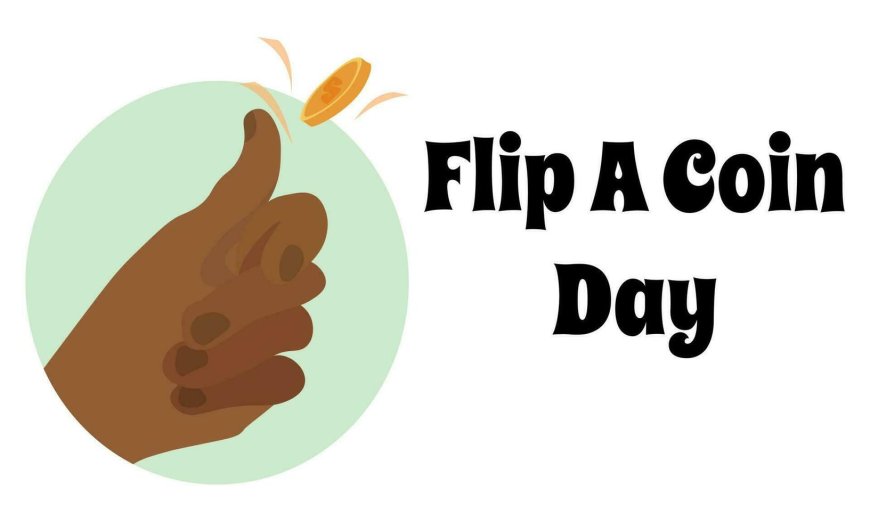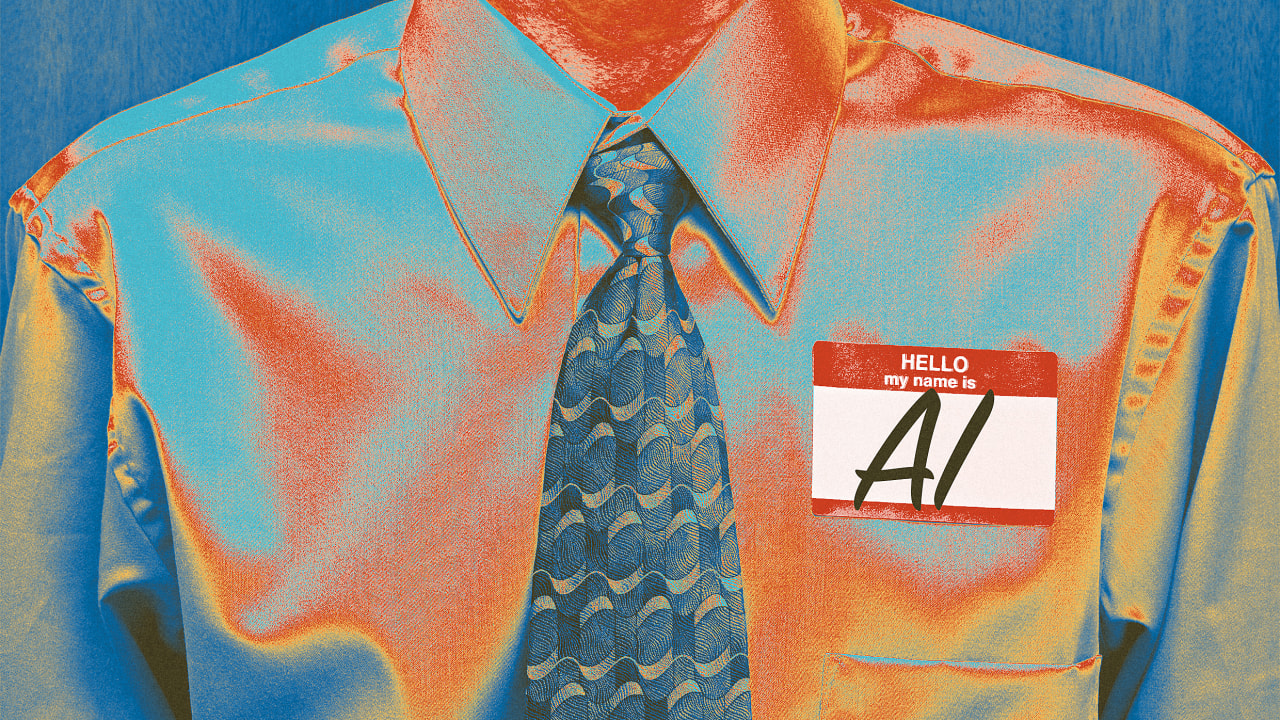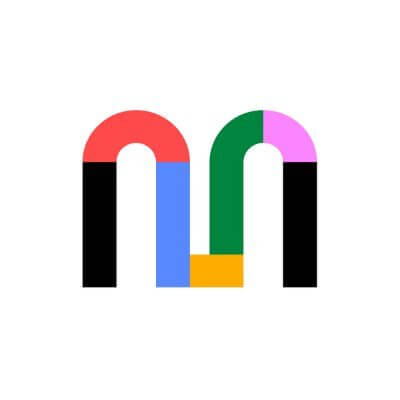Flip a Coin at Coinflip.us.org
"Flip a Coin" is an online tool that allows you to flip a virtual coin in the air as if it were a real one, leaving the decision up to chance.

Flip a Coin at Coinflip.us.org
The simple act of flipping a coin—also known as a coin flip or coin toss—has been used for centuries to settle disputes, make decisions, and introduce fairness into everyday situations. Whether it's deciding who kicks off in a football game, resolving a friendly debate, or choosing between two options, the coin flip stands as a timeless symbol of impartiality and chance.
The History of the Coin Flip
Flip a Coin at CoinFlip.Us.Org dates back thousands of years. The practice can be traced to ancient Rome, where it was called navia aut caput, meaning "ship or head." Coins had the emperor’s head on one side and a ship on the other.
-
In medieval England, the game was known as "cross and pile."
-
Many indigenous cultures had their own methods of random decision-making, including shell tosses and marked stones.
Throughout history, the coin flip has symbolized fairness, neutrality, and randomness.
How a Coin Flip Works: The Science Behind It
At a glance,Coin Flip appears to offer a perfect 50/50 chance of landing on Heads or Tails. But is that actually the case?
Key Factors That Influence a Coin Flip:
-
Initial Force: How hard you flip the coin affects how many times it spins.
-
Rotation and Air Resistance: Aerodynamics can cause slight variations.
-
Starting Side: Some studies suggest the coin is slightly more likely to land on the side it started on (about 51% of the time).
-
Surface: Coins landing on softer surfaces may bounce differently than on hard ones.
Is a Coin Flip Truly Random?
Mathematically speaking, a coin flip is a classic example of a random event, but in physics, it’s a deterministic event governed by initial conditions. That means if you knew every factor—angle, force, air resistance—you could theoretically predict the outcome. However, for practical purposes, a coin flip is close enough to random to be fair.
Modern Uses of the Coin Flip
1. Sports
From the Super Bowl kickoff to cricket matches, the coin toss is used to decide who gets the first move. It is considered the most unbiased method of initiating gameplay.
2. Decision Making
When facing a tough choice—say between two equally appealing job offers—many people opt to flip a coin. Interestingly, psychologists note that it’s not just about chance: the result often clarifies what we really want, based on our emotional reaction to the outcome.
3. Technology and Gaming
Digital versions of coin flipping are used in online games, smart contracts (especially in blockchain), and even random number generation algorithms.
4. Conflict Resolution
Some judges and political bodies have used coin flips to settle elections or ties, especially when other methods fail or are too contentious.
How to Flip a Coin Properly (for True Fairness)
To ensure a fai Flip a coin:
-
Use a standard, symmetrical coin.
-
Flip it at least 3-4 feet in the air.
-
Catch it in the palm or let it fall on a hard, flat surface.
-
Do not manipulate the result (e.g., catching and flipping over).
For high-stakes decisions, using a machine to flip the coin can add transparency.
Coin Flip Tools in the Digital Age
In the era of smartphones and AI, you no longer need a physical coin to make a decision. A variety of "Flip a Coin" tools now exist online:
-
Google’s built-in coin flip tool (just search “flip a coin”).
-
Mobile apps with animation and sound.
-
Voice assistants like Siri or Alexa.
These tools offer convenience, especially when you're on the go or in virtual meetings.
Fun Facts About Coin Flipping
-
In 1968, a coin toss decided who would name a new Canadian province. The loser got to choose the capital city.
-
In 2002, a mayoral race in Texas ended in a tie—and was settled by a coin toss.
-
Mathematicians have modeled the coin flip with computers and found minor biases depending on spin and initial position.
When NOT to Flip a Coin
While a Coin Flip `is great for simple binary decisions, it’s not ideal for:
-
Ethical or moral decisions (e.g., “Should I report misconduct?”).
-
Complex scenarios with more than two variables.
-
Life-altering choices that require deeper thought and data.
Use the coin flip as a tool—not a substitute for critical thinking.
Conclusion: The Coin Flip as a Symbol of Choice and Fairness
Whether you're choosing where to eat, starting a sports match, or deciding who takes the last piece of pizza, the coin flip remains a reliable method for settling decisions with fairness and speed. Beyond its simple exterior lies a rich blend of psychology, mathematics, and cultural history.
So next time you're unsure what to do, just flip a coin—and let chance have its say.
Check other published stories
https://matters.town/a/89jqyn5qdpjs?utm_source=share_copy&referral=wordleanswer83
https://medium.com/@anninekhan789/flip-a-coin-at-coinflip-us-org-c88c11b14ad1
https://jobhop.co.uk/secure/blog/420951
https://penzu.com/journals/32818862/108164479
https://band.us/page/98988252/post/1
https://pastelink.net/f0529bc7
https://www.bondhuplus.com/read-blog/190565
https://wordles.bcz.com/2025/06/16/flip-a-coin-at-coinflip-us-org/
https://berry.work/read-blog/61390
https://bloghub.in.net/view_article.php?id=1546&slug=flip-a-coin-at-coinflipusorg
https://ozoms.com/read-blog/38217








































































![https //g.co/recover for help [1-866-719-1006]](https://newsquo.com/uploads/images/202506/image_430x256_684949454da3e.jpg)



























![[PATREON EXCLUSIVE] The Power of No: How to Say It, Mean It, and Lead with It](https://tpgblog.com/wp-content/uploads/2025/06/just-say-no.jpg?#)




















































